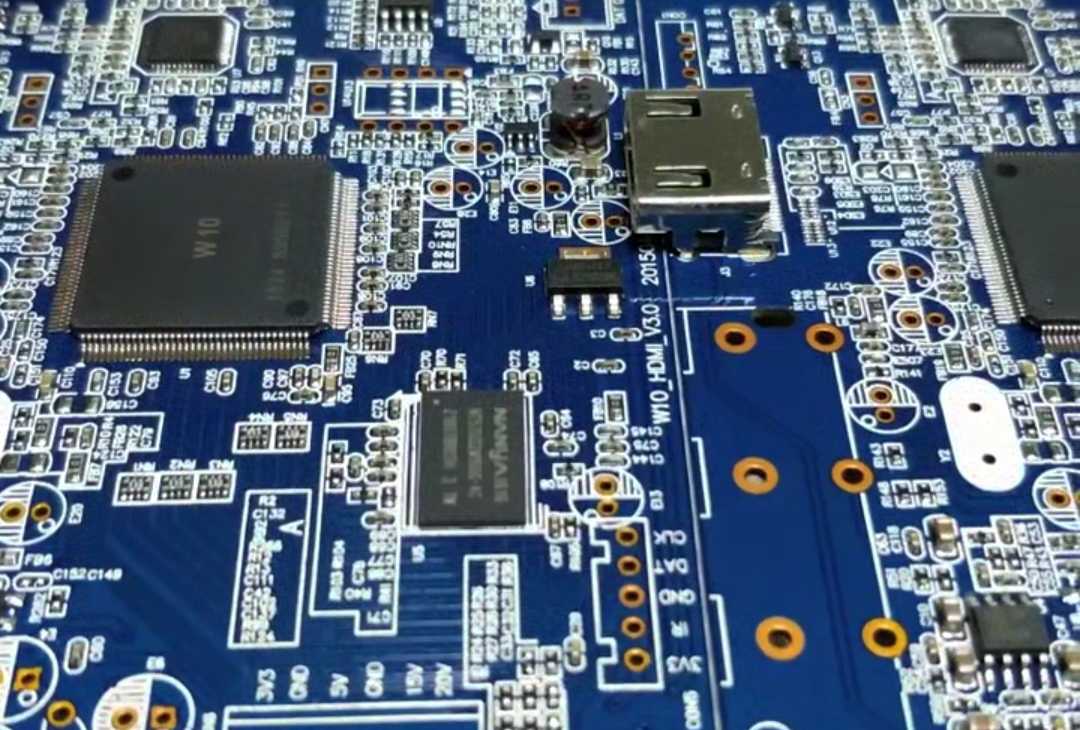
新闻资讯banner
Importance of tin-lead solder alloys in PCBA
- Categories:PCBA technical articles
- Author:SAJ
- Origin:
- Time of issue:2021-07-08
- Views:0
(Summary description)As we all know, in the production and processing of PCBA, auxiliary materials play a very important role. The most commonly used at present are tin-lead solder and lead-free solder. The most famous among them is 63Sn-37Pb eutectic tin-lead solder, which is the most important electronic soldering material for nearly a century.
Because tin has good oxidation resistance at room temperature, it is a low melting point metal with soft texture and good ductility. Lead is a soft metal with stable chemical properties, oxidation resistance, corrosion resistance, moldability, castability, and lubricity, and it is easy to process and...
Importance of tin-lead solder alloys in PCBA
(Summary description)As we all know, in the production and processing of PCBA, auxiliary materials play a very important role. The most commonly used at present are tin-lead solder and lead-free solder. The most famous among them is 63Sn-37Pb eutectic tin-lead solder, which is the most important electronic soldering material for nearly a century.
Because tin has good oxidation resistance at room temperature, it is a low melting point metal with soft texture and good ductility. Lead is a soft metal with stable chemical properties, oxidation resistance, corrosion resistance, moldability, castability, and lubricity, and it is easy to process and...
- Categories:PCBA technical articles
- Author:SAJ
- Origin:
- Time of issue:2021-07-08
- Views:0
As we all know, in the production and processing of PCBA, auxiliary materials play a very important role. The most commonly used at present are tin-lead solder and lead-free solder. The most famous among them is 63Sn-37Pb eutectic tin-lead solder, which is the most important electronic soldering material for nearly a century.
Because tin has good oxidation resistance at room temperature, it is a low melting point metal with soft texture and good ductility. Lead is a soft metal with stable chemical properties, oxidation resistance, corrosion resistance, moldability, castability, and lubricity, and it is easy to process and shape. Lead and tin have good mutual solubility. Adding different proportions of lead to tin can form high, medium and low temperature solders for various purposes, so as to meet the requirements of various difficult SMT patches. In particular, 63Sn-37Pb eutectic solder has excellent electrical conductivity, chemical stability, mechanical properties and manufacturability, low melting point, high solder joint strength, and is an extremely ideal electronic soldering material. Therefore, Sn can be combined with Pb, Ag, Bi, In and other metal elements to form high, medium and low temperature solders for various applications. Here is a brief introduction to tin.
1. The basic physical and chemical properties of tin

Tin is a silver-white shiny metal with good oxidation resistance at room temperature and can maintain its gloss when exposed to the air. It has a density of 7.298g/cm2 (15°C) and a melting point of 232°C. It is a low melting point metal with soft texture and good ductility. The phase transition point of tin is 13.2°C. When the temperature is higher than the phase transition point, it is white B-Sn; when the temperature is lower than the phase transition point, it becomes powdery. When the phase change occurs, the volume will increase by about 26%. The low-temperature tin phase change will make the solder brittle and almost lose its strength. The phase transition speed is the fastest around -40℃, and when it is lower than -50℃, metallic tin becomes powdery gray tin. Therefore, pure tin cannot be used for electronic assembly.
The chemical properties of tin:
① Tin has good corrosion resistance in the atmosphere, is not easy to lose its luster, and is not affected by water, oxygen, and carbon dioxide.
② Tin can resist the corrosion of organic acids, and for neutral substances, it has higher corrosion resistance.
③ Tin is an amphoteric metal that can react with strong acids and alkalis, and cannot resist the corrosion of substances such as chlorine, iodine, caustic soda, and alkalis. Therefore, for those assembled boards that are used in acidic, alkaline, and salt spray environments, three-proof coating is required to protect the solder joints.
Therefore, in PCBA manufacturing, how to choose suitable tin-lead solder or choose lead-free solder according to different products is an essential part of quality control.
Scan the QR code to read on your phone
Copyright©Sanjing Electronic Technology Co., Ltd. All Rights Reserved 粤ICP备09210657号



 400-1668-717
400-1668-717

 Feedback
Feedback 